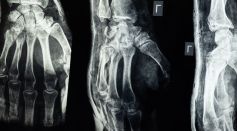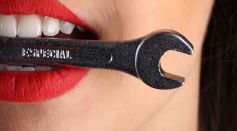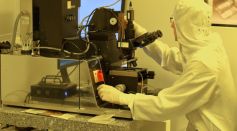NANOTECHNOLOGY

Nanocapsules for a More Effective Chemodynamic Therapy Developed for One-Step Cancer-Fighting Approach

Magnetic Nanoparticles Develop As New Computational Tool Potentially Useful for Drug Delivery, Among Others

Electronic Tattoos: Wearable E-Skins Can Be Used for Prosthetics, Rehabilitation, Gaming, Among Others

Novel Lightweight Nanofiber Material Protects Against Space Debris and Better Than Existing Bulletproof Technology

Lifeboat Foundation Reacts to NATO And Russian Conflict

ERDC Partners With Multiple Universities on Graphene Research

New Nanocrystal Gel Can Stitch 2 States, Contributing to Energy, Telecommunications

Bleeding, Death from Traumatic Injuries May Be Prevented Using Nanoparticles

Nano-Sized Plastics Penetrate, Permeate Human Cell Membranes

Cancer Treatment: Corn Juice Derived Nanoparticles to Inhibit Mice Tumor Growth

Butterfly Wing 3D Printed to Replicate Nanostructure Color

3D-Printed Back Brace Made of Carbon Nanotubes Detects Stress and Strain for Better-Fine-Tuning Scoliosis Treatment

Nano-Coated Synthetic Enamel with Properties Near Natural Teeth Coating Developed

Ebola Virus, COVID-19 Diagnosis Through Nanosensors Developed for Fast, Accurate, Cost-Oriented Results
Most Popular

10 Weird Things the Human Body Does—and the Science Behind These Biological Mysteries

Top Space Technology Trends and Aerospace Innovations Revolutionizing the World Today

Why Mega Typhoons Keep Getting Stronger: The Science Behind Typhoon Formation and Extreme Weather

How Plate Tectonics Trigger Earth's Most Dangerous Disasters Through Powerful Seismic Hazards





